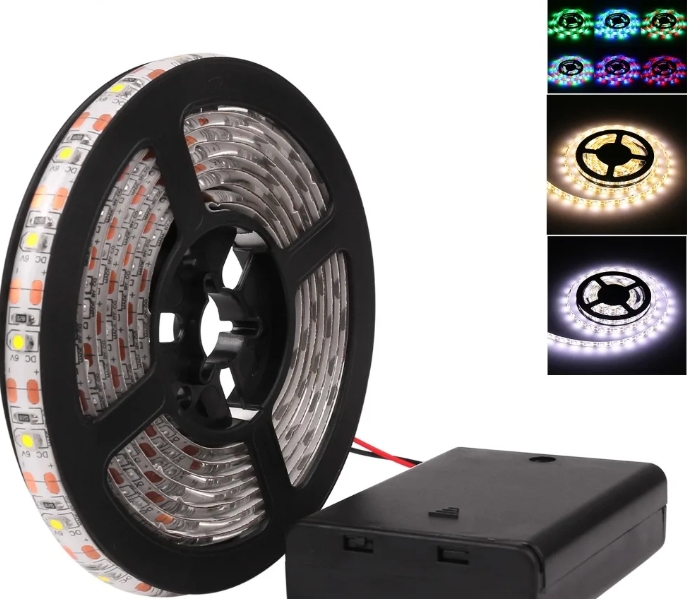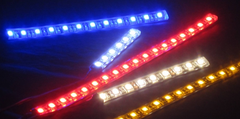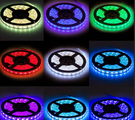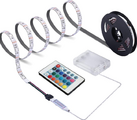How to Check Quality When Buying LED Strip Lights?
When purchasing LED strip lights, ensuring high-quality is crucial for achieving the best performance and longevity. Here's a detailed guide to help you identify superior quality LED strip lights that will meet your lighting needs effectively.
Examine the Color Rendering Index (CRI)
Always check the Color Rendering Index (CRI) of the LED strip lights. High-quality LED strips typically have a CRI of 80 or higher, with the best products reaching over 90. A higher CRI means that the lights render colors more accurately, which is crucial for applications where color differentiation is important, such as in kitchens or art studios.
Assess the Lumens Per Meter
Evaluate the brightness level, measured in lumens per meter. Effective LED strip lights should provide detailed specifications about their brightness. Quality strips usually offer between 300 to 1,500 lumens per meter. Higher lumens mean brighter light output, which you might need for task lighting or accent lighting that requires high visibility.
Check LED Density
Look at the number of LEDs per meter. A higher density of LEDs usually indicates better quality and smoother, more consistent light output. For example, standard strips might have 30 LEDs per meter, but higher quality options could feature 60 LEDs per meter or more. This is particularly important in avoiding visible dots of light, achieving a uniform light band.
Inspect Color Consistency
Ensure the LED strip provides consistent color across its entire length. Variations in color or brightness can indicate lower quality and may affect the overall aesthetics of the lighting installation. High-quality LED strips maintain consistent color and brightness, which are essential for professional-looking results.
Review the PCB Quality
The quality of the Printed Circuit Board (PCB) is a key factor. The PCB should be thick and sturdy, usually around 2 ounces per square foot, which helps with heat dissipation and prolongs the life of the LEDs. A thicker PCB also resists bending and breaking, ensuring the strip lights stay functional over time.
Verify Wattage and Voltage Specifications
Confirm the wattage and voltage requirements of the strip. High-quality LED strips clearly specify the wattage per meter and the voltage they operate at. This information is crucial for matching the LED strip with the appropriate power supply and ensuring energy-efficient operation.

Look for Waterproofing
If you need outdoor or bathroom installation, check for waterproof ratings. Quality LED strip lights suitable for wet conditions are rated at least IP65, which means they are protected against dust ingress and low-pressure water jets. Higher ratings like IP67 or IP68 offer protection against temporary or continuous submersion.
Check Warranty and Support Services
A strong warranty and good customer support reflect confidence in product quality. Leading LED Strip Light suppliers offer warranties that cover at least a year, with some extending up to five years. Good customer service also indicates that the supplier is ready to stand behind their products.
Confirm Compliance Certifications
Look for compliance with industry standards. Quality LED strip lights should meet certain safety and quality certifications, such as UL, CE, or RoHS. These certifications ensure that the product meets strict safety, health, and environmental protection standards.
Following these steps will help you choose high-quality LED strip lights that provide effective, reliable, and safe lighting solutions. Always remember, the more thorough you are in your pre-purchase checks, the more satisfied you will likely be with your lighting investment.





